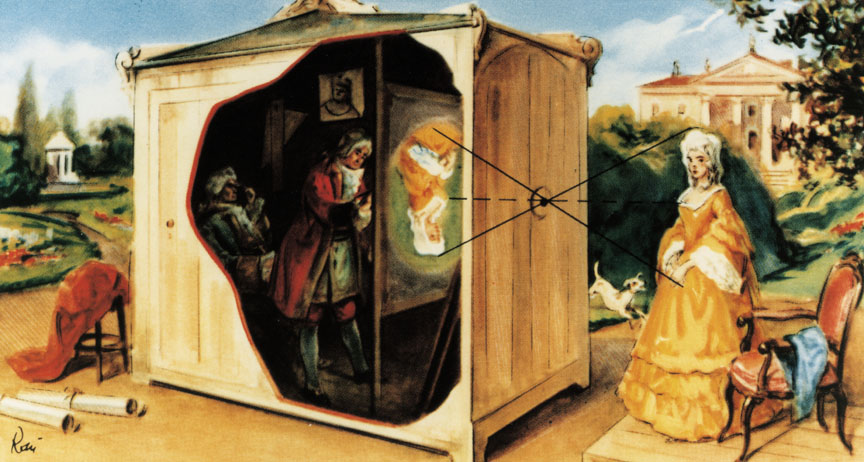Artist: Kailah Foreman
Artist Statement:
I created this quilt to remind people that the prison system is a continuation of slavery. Did you know there are more African Americans in the criminal justice system today than the number enslaved in 1850? When the 13th Amendment was passed most people believed that slavery was over. However, there is a small clause in there that hides an exception; the amendment actually reads that slavery shall no longer exist in the U.S “except as punishment for crime whereof the party shall have been duly convicted.” America has boldly exploited that cause to great profit since then. A young teenager in NYC named Kalief Browder was locked up for nearly three years over a crime he didn’t commit. This quilt is to remind America that we haven’t forgotten about Kalief Browder, and there are likely thousands of other Browders’ still trapped in other systems as well.
Artist: Audrey Bernier
Artist Statement:
I created this quilt starting with the idea of oranges. Did you know that the exit wounds from an AR-15 are the size of an orange? That means regardless of the shooters aim if he hits anything, he’s going to do severe damage – more often than not fatal damage. I titled my quilt, ‘Exit Wound’ as a reminder that gun control in all communities is a social justice issue that deserves action and conversation. We need to understand that we can use our voices as young people and empower our communities so that we prevent more people from dying.
Eddy lived in East Harlem, was a beloved figure in the community, and had a storefront chapel on the block. For decades the neighborhood had suffered in the post-War shuffle of urban renewal. Victims of empty promises by the New York Housing Authority and doomed by a racist banking system that refused to grant mortgages in a neighborhood they saw as a financial risk, East Harlem had been portrayed in the press as “a microcosm of the worst conditions and worst elements of the city.”
Eddy told Davidson he must talk to the Metro North Citizens’ Committee for permission to photograph the block. Made up of a group of local volunteers who advocated to take urban renewal into their own hands, the committee was skeptical of photographers, because so many times before photojournalists with their fast cameras had descended upon their residents to report on “the worst block.” They came—and they left—followed by another news picture story about the “ghetto” with no meaningful effort to create change.
Davidson asked for a chance to show them he didn’t work that way. His methods were about presence, patience, and working slowly. He would shoot with a large 4-by-5 view camera on a tripod to signal he was making engaged portraits rather than swift hit-and-run surveillance. He carried his work around in a gilt photo album to show the residents that he was legitimate, someone who was there to portray them as human beings, rather than statistics. He would make prints every night and bring them back to the community the next day, giving their images back to them as he saw them. The images also became especially useful to the Metro North Citizens’ Committee, who carried them to meetings with government and city agencies to show not only how the residents lived, but just who they were—citizens of New York who were deserving of urban renewal support.
The Freedom Riders had already been viciously attacked by Ku Klux Klan members and other white mobs during their initiative to ride public buses into the South to test newly instituted anti-segregationist laws. Davidson’s encounter with “rednecks waving clenched fists,” and seeing the illegal arrest of several riders as they exited the bus in Jackson, Mississippi, provoked his decision to continue photographing the unrest that was brewing across the country in the face of such violence against Black people. “It took five years before I understood what I was looking at,” he said in a 2019 interview. “I was not born understanding how important those marches were, and how violent they could be. I was there to see, to look.”
Davidson’s civil rights photographs cover major events such as the March on Washington, D.C. in 1963 and the Selma March in Alabama in 1965, as well as scores of demonstrations and protests in New York and across the South. He also turned his lens on Black life in general with what photography scholar Deborah Willis has called a “keen attention to environmental detail and human gesture.” At once historical and yet also echoed in a conversation that still resonates to this day in the fight for equality, these photographs were distributed widely in the press and later published in a book titled, Time of Change (2002). Newspapers, magazines, and television were essential in the 1960s for political activists to bring awareness to their work. By today’s standards, this media field of information delivery is quite narrow, yet it was images like these that drew thousands to join the cause and fight for equal rights.
With the help of a social worker, he went to the gang with bandages and his camera, offering to photograph their wounds as a record for their lawyers. He was not much older than they and, over time, was able to gain their trust to photograph more. He returned regularly and made a set of images that, today, show an emotional tenderness within a community that was always trying to look tough.
Images from Brooklyn Gang were purchased by Esquire magazine and published in 1960 accompanied by a lyrical text by Norman Mailer. In the 1950s, films like The Wild One (1953), and Rebel Without a Cause (1955), as well as the Broadway production of West Side Story (1957), brought teenage angst into the mainstream of media culture. Mailer’s essay echoes this myth but also emphasizes his unbridled defense of perceived masculinity. He romanticizes the youthful rebels, driven by “courage, loyalty, honor and the urge for adventure” in the face of Post-War malaise and a status quo in the grips of emasculating boredom; the “quiet, inhibited, middle-aged desperadoes of the corporation and the suburb.” Sixty years later, these images may resonate more for their sensitive and emotional approach, rather than as documents that depict a narrow view of glorified masculinity, as Mailer implied.
Throughout the 1970s, Bruce Davidson eased away from fashion work but continued with commercial, advertising, and corporate photography assignments. Raising two young children at the time, he recalled in a 2009 interview, “All I cared about was, ‘Can I make enough money here to pay for my livelihood, so I can get back out on the streets and shoot what I want?’” Davidson had embarked on a brief foray into filmmaking. After an ambitious but fruitless attempt to turn Nobel Prize-winning writer Isaac Bashevis Singer’s novel Enemies, A Love Story (1972) into a feature film, he began compulsively riding the New York City subway to places like Coney Island, the Bronx Zoo, and the Lower East Side for inspiration.
It was the beginning of what would become nearly a year of exploring the over 600 miles of subway tracks that crisscross the five boroughs of New York. Davidson first shot in black-and-white but felt that the intense and sometimes terrifying atmosphere underground demanded color film. The 5-by-7 prints you see here are black-and-white proof prints that Davidson made before committing to printing larger color works (examples of which are seen on the next wall and title wall). Curator Henry Geldzahler once asked Davidson if there was a message behind the images of Subway. “Lift your head,” replied Davidson, a message that applies to all his work.

